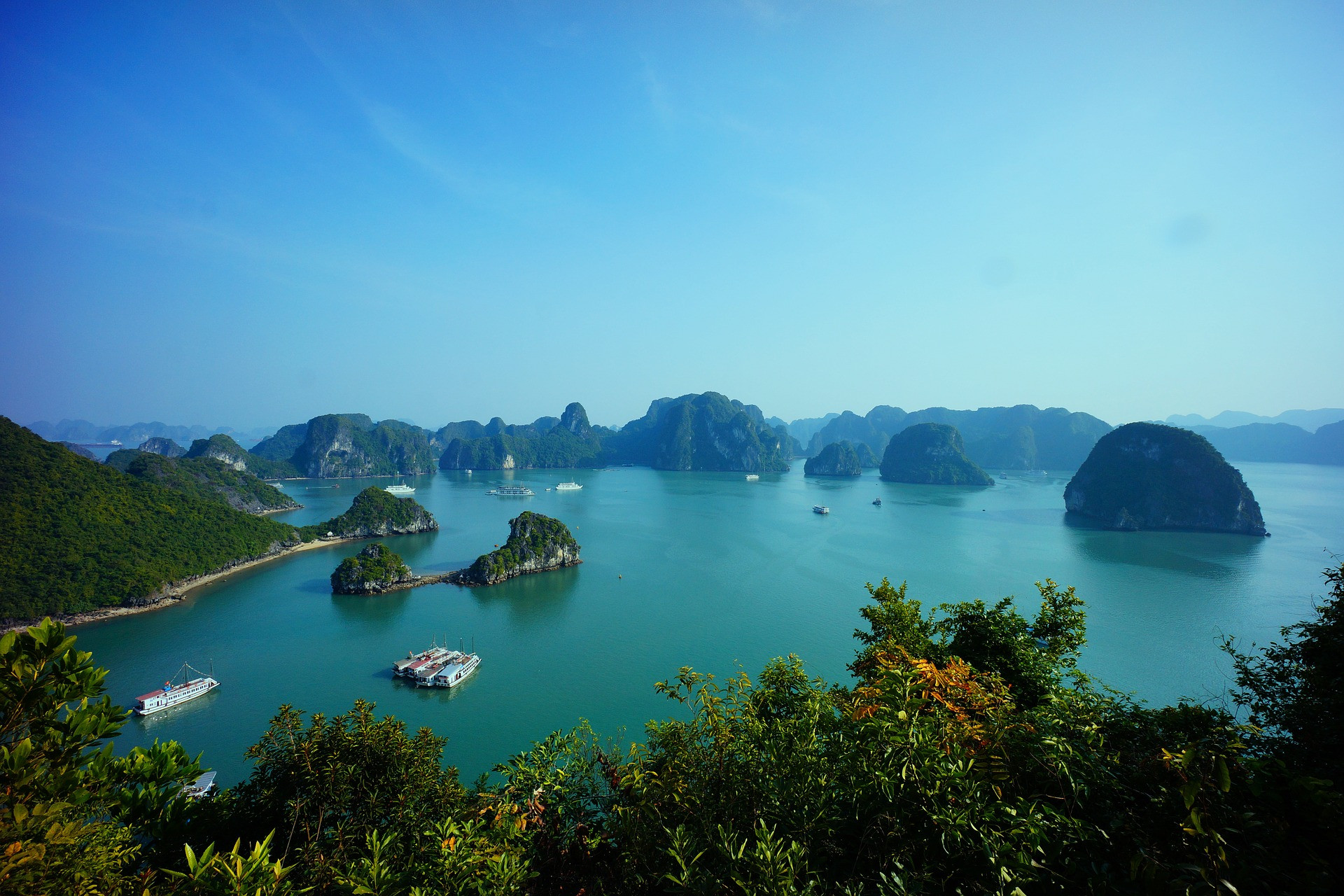November 2021 sees the start of a scheme to welcome foreign travelers to select destinations in Vietnam for the first time in over 18 months. Provided certain conditions are met, no quarantine time will be necessary.
In a decision that's given hope to Vietnam's tourism industry and people, on 2 November the Government agreed to a much-anticipated programme to welcome international tourists after more than 18 months. Five provinces where Vietnam's top tourism spots are located will re-open first, provided specific conditions are met: Kien Giang, Khanh Hoa, Quang Nam, Danang and Quang Ninh. And as long as arriving tourist test negative for SARS CoV-2 and have had two doses of the vaccine, they won't need to self-isolate.
In a swift move that was later praised globally, Vietnam stopped welcoming international tourists in March 2020, to contain the spread of Covid-19. Since then, only foreign experts and repatriated citizens have been allowed to enter. But in November 2021, Standing Deputy Prime Minister Pham Binh Minh agreed to the re-opening scheme put forward by the Ministry of Culture, Sports and Tourism on 25 October. This is part of the country's efforts to start adapting to 'the new normal'.
After months of stringent social distancing, restrictions are slowly being lifted for socio-economic activities to resume. This comes after mass vaccination roll-outs have seen more than 86 million doses administered (at the time of publication). Reviving Vietnam's tourism sector is key to its economic recovery. "We are moving step by step, cautiously but flexibly, to adapt to the real situations of the pandemic", the Government said in a press statement. Various ministries will work together to ensure that every step of the pilot scheme is handled safely and efficiently.
THE TOP SPOTS TOURISTS CAN VISIT
Five key tourist destinations have been identified:
Phu Quoc Island

The coastal city of Danang

Khanh Hoa Province home to beachy Nha Trang city

Quang Nam Province, home to historic Hoi An

Ha Long Bay, in Quang Ninh Provinces.

"Ha Long - UNESCO World Heritage Center"
The country will open up further in gradual stages, area by area. Initially, international travelers will be accepted for package tours in the five provinces identified via charter flights. International trade in specified areas and services in these locations will begin. These five locations will then be linked, so that guests can move from one of the regions to another after their first week's stay in Vietnam. Step by step, the list of approved destinations and hotels will be broadened, until the country is fully open to international tourists. The timing of this eventual outcome will, of course, depend on the epidemic situation.
To begin with, visitors from low-risk places can visit Phu Quoc via charter flights and package tours with select travel agencies and hotels. Guests from countries deemed safe in Northeastern Asia, Europe, North America, SouthEast Asia and Oceania will be accepted. The island has vaccinated all of its residents with the first dose of the vaccine, with the second dose currently being rolled out.
WHO CAN COME?
In the scheme, tourists (foreigners and Vietnamese living abroad) must meet certain criteria.
Adults must either prove their complete vaccination status or have proof that they've recovered from Covid-19 in the last 6 months. The second vaccine must have occurred at least 14 days before arrival, and no longer than 12 months prior. Children under 12 travelling with vaccinated guardians won't need to show proof of vaccination. Vietnam will recognise vaccine passports from 72 countries, and are considering a further 80 territories. Travellers have to test negative for the disease (by RT-PCR/RT-LAMP test) 72 hours before their departure. A negative result will allow them to start enjoying activities in the package tour.
In addition, visitors must have travel or health insurance that will cover them for a minimum of $50,000. They will also have to join approved package tours organised by specific travel agencies. The tours will be combos of flights, testing procedures, and stays at registered resorts and hotels. Guests must agree to stay with their tour groups and minimise contact with others.
On arrival, guests must install the contact-tracing IGOVN app on their phones and test for Covid. If the result is negative, they can continue their trip, with further self-testing recommended every 2-3 days. Visitors can stay in the country up to 90 days. On tours of more than 7 days, visitors test again on the seventh day before moving on. If they want to visit relatives or locations not included in the programme, they'll have to register with authorities and follow the health and safety rules that apply in those regions.
To further facilitate the programme, a tourism map identifying nearby hospitals and clinics has been integrated into the Vietnam Safe Travel App. A tourism hotline is being introduced (1039) and the site http://travelpass.tourism.vn is being prepped to show digital vaccination certificates.
HOPES FOR THE FUTURE
This gradual re-opening marks welcome progress from a 'zero Covid' pandemic strategy to life in the 'new normal'. In rolling out the red carpet slowly, it's hoped that Vietnam can soon fully open the doors to its many stunning tourist destinations.
Source: Vietnam.travel



Leave your comment here!